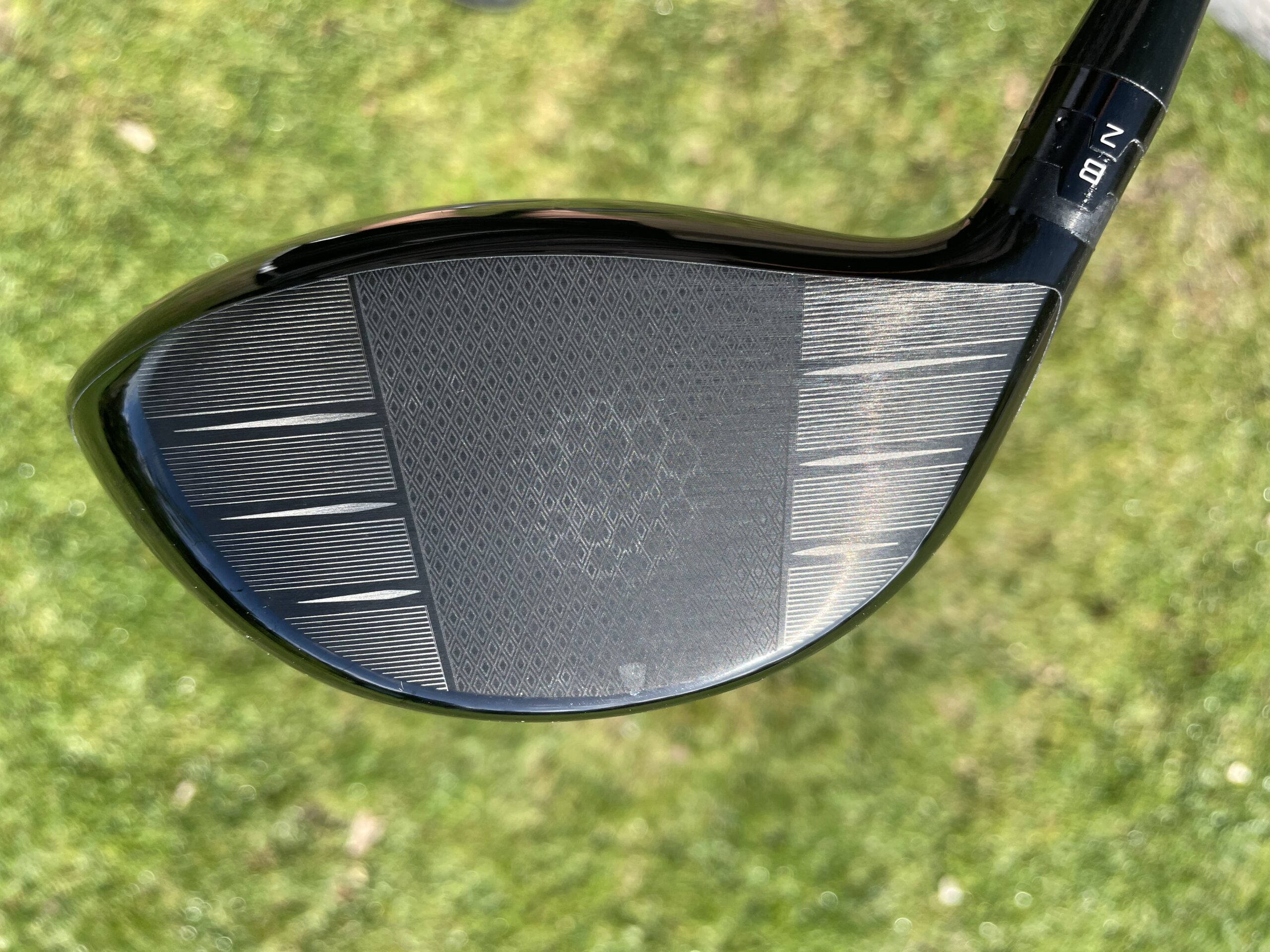We’ve been experimenting with a lot of driver / fairway shafts in the last few months, both both myself and my wife. Aside from the obviously different shaft characteristics like weight, profile, stiffness, one of the key aspects is length.
The old “standard” (there are very few standards in golf) for a driver was 45.0 inches. Pretty much all the major manufacturers theses days have their “standard” driver length in excess of 45.0. Ping are 45.25 for most shaft options and 45.75 for their Alta CB. Titleist is 45.5 inch. Callaway and TaylorMade are 45.75. The current maximum driver length is 46.0 inches (changed from 48.0 in 2022).
The basic premise behind playing a longer driver is that you “should” generate more club head speed, and therefore impart more energy into the ball, increasing ball speed. But it’s not that simple, for a few reasons.
Perhaps the biggest truth to talk about is that the the quality of the contact (centeredness on the face) has a massive influence on ball speed. So much so that if you made better contact with a shorter shaft you’d likely retain the same ball speed, or perhaps even improve it. I’ll leave this truth right here, for the moment.
The next truth is that to make a driver playable at longer lengths something has to give. The concession is made in a couple of ways. First you might employ a Counter Balanced shaft (like Mitsubishi Tensei Orange). This will give the impression of the head feeling lighter on the club, allowing for a longer length to (potentially) be achieved, or to retain/increase the weight of the head. The second is that the weight of the head is reduced to lower the swing weight to a “manageable” level.
As with anything there are no rights or wrongs, and it ultimately comes down to the individuals preferences.
Now I’ll reflect on my experience, preference (and reasons) and where I’ve landed as a result of many hours and dollars invested in getting to my “happy place”.
First, I like heavy clubs, clubs with higher swing weights. This is probably the result of being 194 cm tall and therefore always having played extended length irons. For my driver specifically I’ve tended to like the swing weight to be around the D4-D5 range.
Second, I like a feeling of more mass in the head.
The struggle with my two truths is that they don’t really lend themselves to playing drivers with these increasingly long playing lengths. I’ll use my most recent experience with the shaft I’ve finally settled on, Fujikura Ventus TR Black 6 S, fitted to the Titleist TSR2 10º head. Despite my height I feel that anything longer than 45.5 inches seems too much.
As you can’t go back, I did start this journey at the legal maximum 46.0 inches. At that length I just felt like it was too much shaft, I just struggled to get the club head back and square in time for contact with the ball. After messing around with head weight, even making it crazy light, I pretty quickly accepted that this wasn’t for me.
Next it was back to the workshop to cut it down to my next test increment, 45.5 inch. This is where I felt I wanted to settle. It seems like it “should” have been optimum for retaining decent head weight, while also potentially increasing club head and therefore ball speed, and ultimately carry distance. I tried customising the head weight (using the changeable back weight) to achieve swing weights between D2 and D8 (a pretty wide range). When the head weight goes down the contact (for me) starts to feel, I’ll use the word, flimsy. I enjoyed the swing weights around D4-D5, where I normally live. But at the 45.5 inch length it was still feeling like a real effort to get the club face back to the ball with any consistency.
After a few outings I bit the bullet and took the irreversible step and cut it down to 45.0 inches. Hallelujah, I think we have a winner folks!
At this old “standard” length everything kind of converged in goldilocks land. Length felt very normal. But significantly for me the head weight could still be retained. I first tried it at D5, it felt a bit much. I’d hit the occasional great drive but other times would feel like the club head was lagging a bit behind. Dropped it drastically down to D1.5. Hit a couple of great drives (after a quick timing adjustment) but felt a bit quick, and starting to verge on feeling flimsy. Back up to D4 and BOOM. Started seeing those ball impact marks right in the centre of the face. That’s when you know that things are working for you. Picking up the earlier truth about quality of contact, middle of the face is where you want to live, that’s where efficiency is at it’s maximum.
Now that I’ve arrived at something which works for one of the most important clubs in the bag I’ll be applying the same approach to my fairway woods (my most challenging clubs).
But to wrap it up, the moral of this long story is length is NOT everything. Finding the balance that’s right for the individual is where results come from. Find what you like, and perhaps more important what you don’t like. Be open to experimenting, and sometimes failing, miserably. When it all comes together it’s worth it.
At the top of the story I mentioned my wife has been going through the same journey. Proving there are no hard and fast rules, she’s 169 cm tall and currently very much enjoying playing her driver at 45.5 inches. Go figure.

